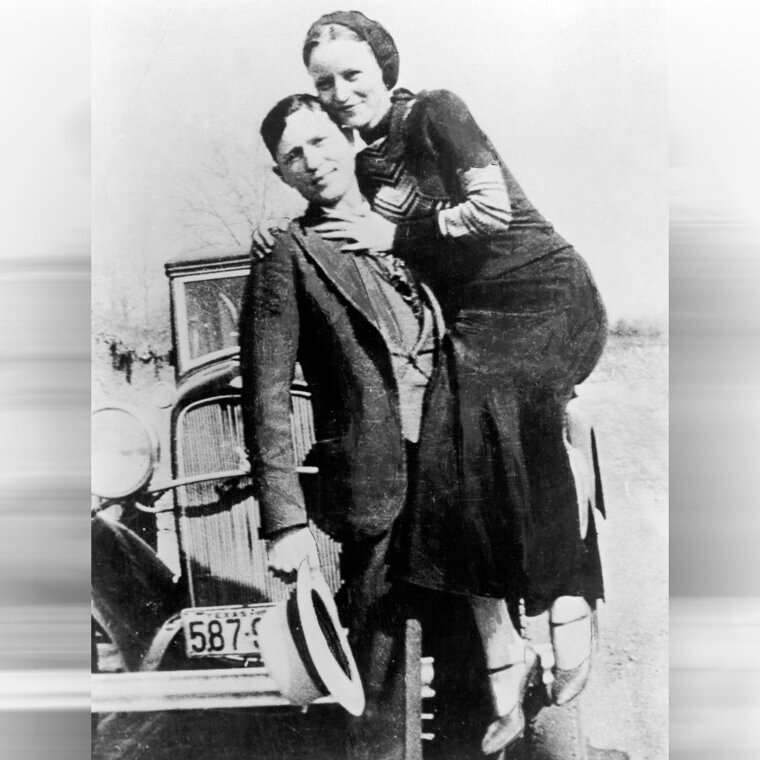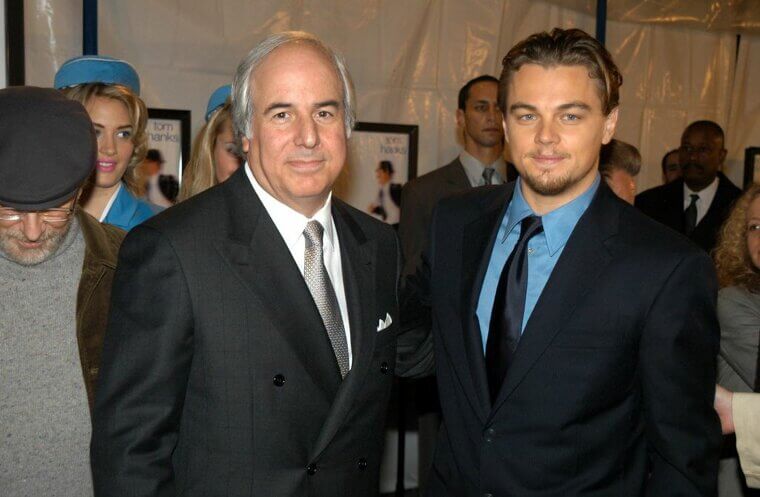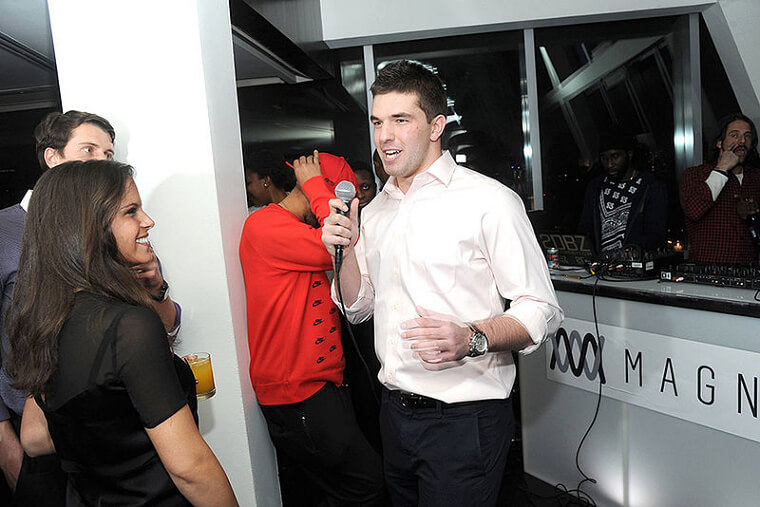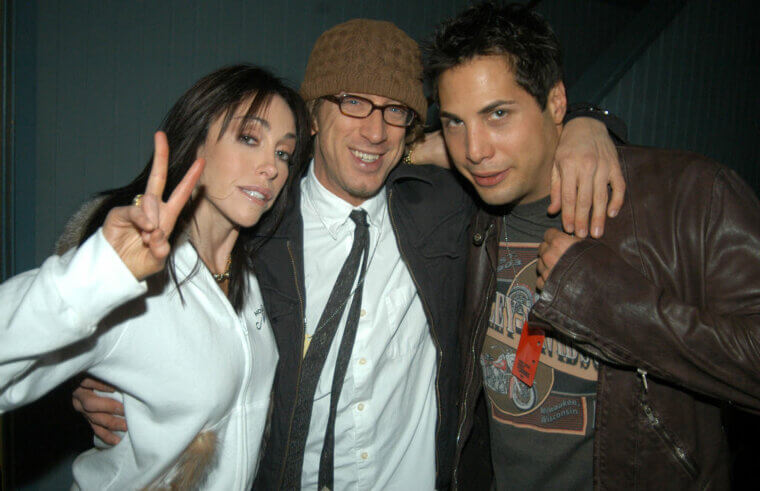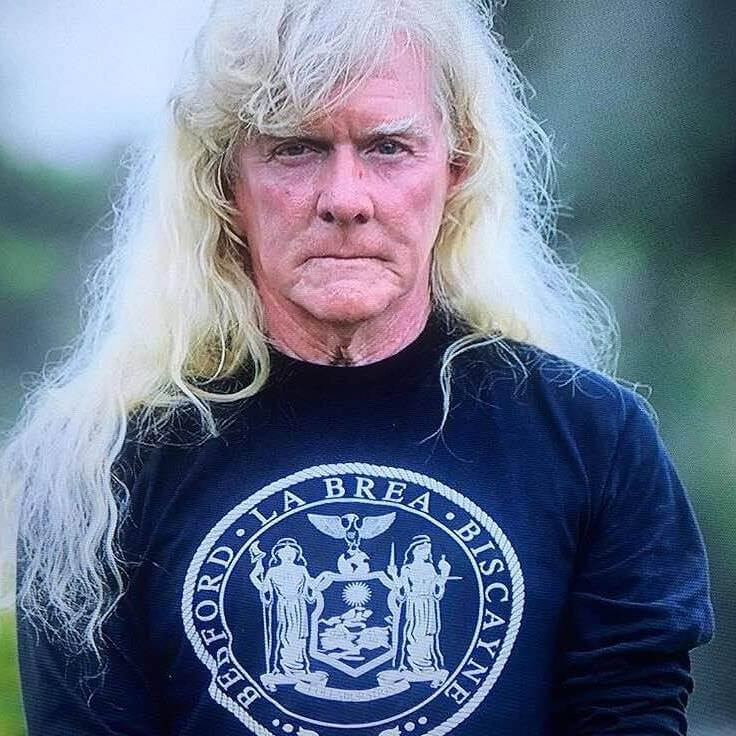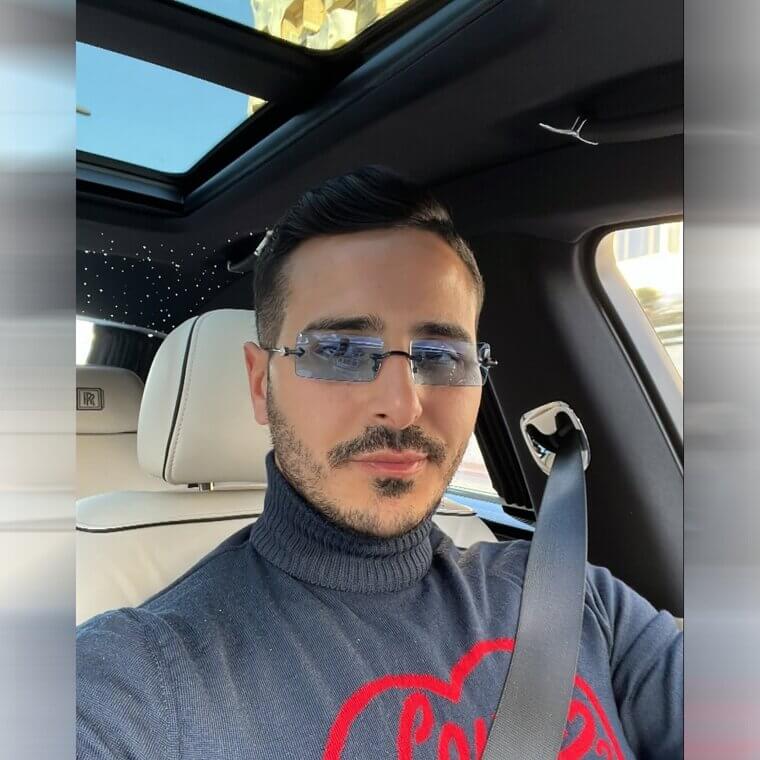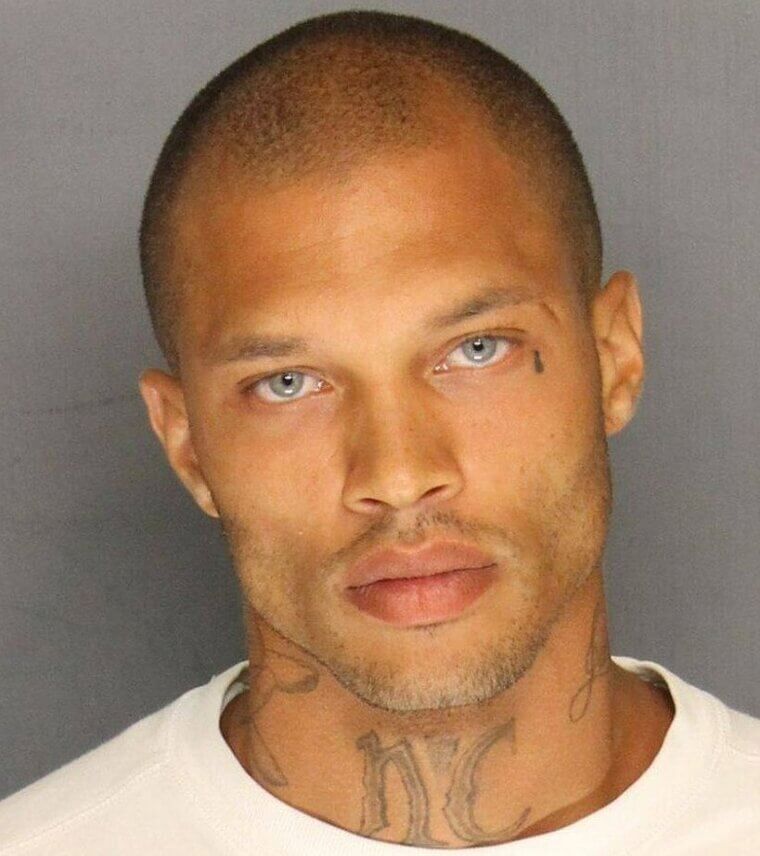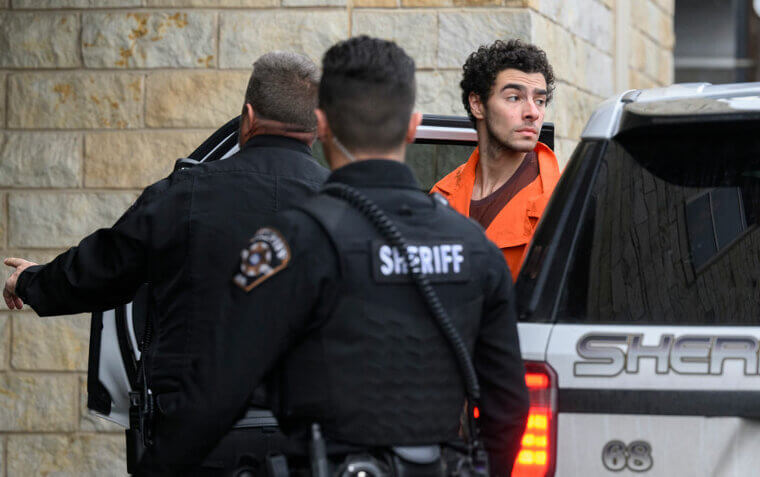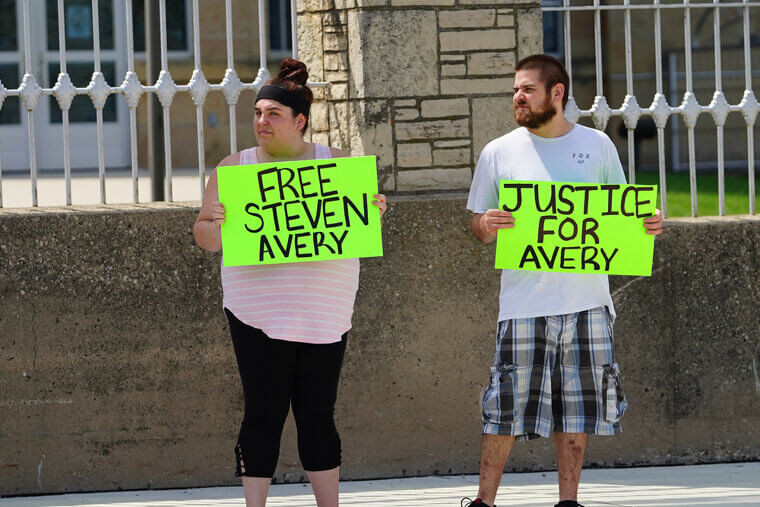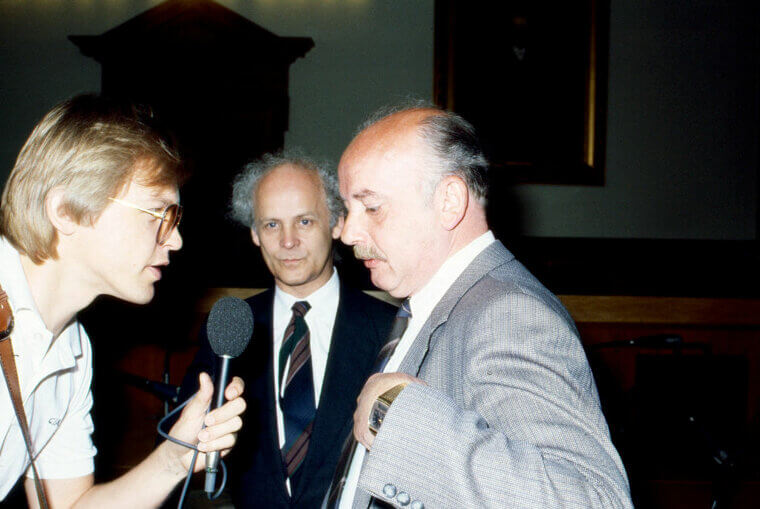Danielle Bregoli ("Bhad Bhabie")
Danielle Bregoli burst into the public eye as the “Cash Me Outside” girl on Dr. Phil, where her rebellious attitude turned her into a viral sensation. While her behavior initially drew criticism, she flipped the narrative, rebranding herself as the rapper Bhad Bhabie. Her music career gained traction, and she became an internet personality with a dedicated fanbase. Though controversial, many admire her ability to turn infamy into success.
Bregoli’s story exemplifies the power of internet fame and the resilience of a teenager who leveraged viral moments to build a career.
Elizabeth Holmes
Elizabeth Holmes was once celebrated as a visionary entrepreneur, revolutionizing healthcare with her company Theranos. However, her downfall came when it was revealed that her groundbreaking blood-testing technology was a massive fraud. Convicted of misleading investors, Holmes became a symbol of ambition gone awry. Despite the public outrage, many were fascinated by her rise and fall, seeing her as both a cautionary tale and a reflection of Silicon Valley’s culture of “fake it till you make it.”
Her story continues to inspire documentaries, podcasts, and discussions about the blurred lines between innovation and deception.
“The Bling Ring" Crew
The Bling Ring, a group of fame-obsessed teenagers, became infamous for burglarizing the homes of Hollywood celebrities, stealing millions in luxury goods. Their targets included stars like Paris Hilton and Lindsay Lohan, making their exploits both audacious and tabloid-worthy. While their crimes were condemned, the public couldn’t help but be intrigued by their boldness and the cultural obsession with celebrity lifestyles. Their story even got turned into a Hollywood movie.
It inspired a Sofia Coppola film and countless discussions about materialism, fame, and youth rebellion. The Bling Ring remains a fascinating case of crime fueled by the allure of glitz and glamour.
Bonnie Parker and Clyde Barrow
The infamous couple captured the public's imagination during the Great Depression with their audacious crimes. They became legendary figures as they embarked on a spree of robberies, evading law enforcement repeatedly. Their partnership was as much about romance as it was about rebellion, making them the quintessential outlaw pair. Their exploits were widely covered by the media, turning them into folk heroes for some. The tale of this duo remains a fascinating chapter in criminal history.
Their story continues to intrigue, symbolizing a combination of danger, passion, and defiance. The couple's legacy lives on through countless films and books, immortalizing their wild escapades.
Lorena Bobbitt
Lorena Bobbitt made headlines for her shocking act of revenge against her abusive husband, which sparked national debates in the 1990s. Her story shed light on domestic violence and its impact, leading to widespread discussions about justice and survival. While some vilified her, many sympathized, seeing her actions as a desperate response to years of mistreatment. Bobbitt’s case became a cultural moment, inspiring documentaries and renewed focus on issues of abuse.
Today, she is often viewed as a symbol of resilience and a catalyst for conversations about women’s rights and safety.
Frank Abagnale Jr.
Frank Abagnale Jr., one of the most infamous con artists, captured public attention with his daring escapades. Known for his extraordinary ability to assume multiple identities, he successfully impersonated professionals such as pilots and doctors before the age of 21. His audacious acts led to a global manhunt, and his life inspired the popular film "Catch Me If You Can." Abagnale's story is a testament to both his cunning and charisma. His legacy remains a fascinating chapter in the history of crime.
Abagnale's transformation from criminal to consultant showcases his intelligence. Today, he offers his expertise in fraud prevention, making his story one of remarkable redemption.
Billy McFarland (Fyre Festival)
Billy McFarland infamously orchestrated the Fyre Festival, billed as a luxury music event in the Bahamas, which collapsed into chaos, leaving attendees stranded without basic amenities. Convicted of fraud for his elaborate scam, McFarland faced public scorn and a six-year prison sentence. However, the absurdity of the event and its viral documentation also made him a cultural phenomenon. While many condemned his reckless ambition, others were entertained by the sheer audacity of his vision.
McFarland’s downfall serves as a modern parable about overpromising in the social media age, making him both a cautionary tale and an internet legend.
Jordan Belfort ("The Wolf of Wall Street")
Jordan Belfort, the self-proclaimed “Wolf of Wall Street,” ran a fraudulent brokerage firm that defrauded investors of millions. His wild lifestyle of excess and manipulation became the stuff of legend, immortalized in the film The Wolf of Wall Street. Convicted of securities fraud and money laundering, Belfort served time in prison but later reinvented himself as a motivational speaker. While his crimes are widely condemned, Belfort’s charisma and rags-to-riches-to-redemption story have earned him a peculiar fanbase.
His tale serves as a polarizing example of capitalism’s dark side and the allure of second chances. And it provided a great story line for one of Hollywood's most talked about movies.
Heidi Fleiss (the "Hollywood Madam")
Heidi Fleiss, known as the "Hollywood Madam," ran an upscale "services" catering to the elite of Los Angeles. When her operation was exposed, the scandal rocked Hollywood, but it also catapulted her to fame. Convicted of tax evasion, Fleiss faced prison time but emerged with a resilient attitude and continued to capitalize on her notoriety. Many viewed her as a savvy businesswoman who paid the price for operating in a shadowy industry.
Fleiss remains a cultural figure synonymous with glamour, scandal, and the enduring fascination with the secrets of the rich and famous.
Maximilian Schmidt
Maximilian Schmidt, a teenager from Germany, built an online empire called Shiny Flakes, selling substances from his bedroom. His innovative use of technology and anonymity impressed law enforcement even as they dismantled his operation. Convicted of substance trafficking, Schmidt’s story inspired the Netflix series How to Sell Drugs Online (Fast) and intrigued audiences with its blend of audacity and youthful recklessness. While many condemn his actions, others are fascinated by his ingenuity.
The complexities of modern cybercrime are also a part of this story that continues to fascinate people. Schmidt’s tale highlights the evolving landscape of crime in the digital age.
Sal Magluta and Willy Falcon ("The Coke Cowboys")
Sal Magluta and Willy Falcon, better known as the "Coke Cowboys," were Miami kingpins who dominated the substance trade in the 1980s. Their lavish lifestyles and daring tactics turned them into urban legends, despite the destruction their empire caused. Convicted of substance trafficking and other charges, the duo remains a symbol of Miami's turbulent past. While their crimes were serious, some admired their cunning and audacity.
They were particularly admired within communities that saw them as Robin Hood-like figures. The documentary Coke Cowboys cemented their status as infamous icons of excess and ambition.
Gypsy Rose Blanchard
Gypsy Rose Blanchard’s life took a shocking turn when she was convicted of conspiring to murder her mother, Dee Dee Blanchard. The case revealed a chilling history of abuse, as Dee Dee suffered from Munchausen syndrome by proxy, forcing Gypsy into a fabricated life of illness and disability. The public was torn, with many viewing Gypsy’s actions as a desperate escape from years of control and manipulation.
Her story sparked widespread sympathy and opened a broader conversation about abuse and justice, leading to ongoing debates about whether her sentence truly reflected the complexity of her circumstances.
Simon Leviev (The Tinder Swindler)
Simon Leviev, known as "The Tinder Swindler," conned women worldwide by posing as a wealthy diamond heir. Through elaborate tales of danger and need, he scammed his victims out of thousands of dollars. Despite his deceit, Leviev’s charisma and high-stakes schemes captivated audiences when his story became a Netflix sensation. While many condemned his actions, others marveled at his audacious methods, making him a divisive figure in pop culture.
Leviev’s story became a cautionary tale about online dating and a bizarre example of the power of charm and storytelling.
Amanda Knox
Amanda Knox became an international figure after her wrongful conviction for the 2007 murder of her roommate in Italy. Dubbed “Foxy Knoxy” by the media, her trial was a sensational mix of conflicting evidence, cultural biases, and tabloid speculation. After spending four years in an Italian prison, Knox’s conviction was overturned, though public opinion remains divided. Many view her as a victim of a flawed justice system, rallying behind her story of perseverance.
Knox’s case sparked global conversations about legal systems, media ethics, and the challenges of rebuilding a life after wrongful imprisonment.
Jeremy Meeks ("Hot Felon")
In the digital age, some criminal images gain notoriety, capturing the public’s imagination. This mugshot became an internet sensation, sparking discussions and curiosity worldwide. The subject’s striking features unexpectedly turned into a viral phenomenon, creating a buzz beyond the usual context of crime and punishment. People were drawn not just to the story behind the arrest but also to the charisma captured in the image. The fascination demonstrates the unpredictable nature of viral fame.
This case highlights how unexpected factors can elevate a simple photograph into a cultural moment. Since this mugshot was taken, Jeremy Meeks has modeled for many big-brand campaigns.
Anna Delvey (Anna Sorokin)
Anna Delvey made headlines as the faux socialite who duped New York’s elite, scamming friends, hotels, and banks out of hundreds of thousands of dollars. Claiming to be a wealthy heiress, her lavish lifestyle and audacious cons captivated the public. Despite her conviction for grand larceny and theft, many admired her cunning and boldness, seeing her as a Robin Hood figure who exposed the gullibility of the privileged.
Her rise and fall became a cultural phenomenon, inspiring documentaries and a Netflix series, with debates continuing over whether she was a criminal mastermind or simply a misunderstood dreamer.
Joe Exotic (Tiger King)
Joe Exotic, the eccentric big-cat enthusiast, became a household name after the Netflix series Tiger King chronicled his dramatic life. Convicted of animal abuse and a murder-for-hire plot, Joe’s larger-than-life personality, outlandish style, and tumultuous rivalries captivated viewers. While his actions drew condemnation, his plight sparked sympathy among fans who saw him as a victim of systemic injustice and personal vendettas. The bizarre twists of his story turned Joe into an unlikely pop culture icon.
Until today, many people continue to call for his release and celebrate his unapologetic individuality. Talk about a beloved outlaw!
Luigi Mangione
Luigi Mangione shocked the world when he took the life of a healthcare CEO in an act that seemed to stem from personal grievances with the system. While his crime was universally condemned, some sympathized with the frustrations he voiced about corporate greed and healthcare inequality. His story struck a chord with those disillusioned by powerful institutions, creating an unsettling mix of outrage and empathy.
Public opinion remains divided, with Mangione’s actions sparking difficult conversations about justice, ethics, and the lengths to which people might go to stand up against perceived oppression.
The Menendez Brothers (Lyle and Erik Menendez)
In the late 1980s, the Menendez brothers captured national attention for their shocking crime. The affluent siblings, dressed casually in this image, became infamous after the brutal demise of their parents in Beverly Hills. Their trial was a media spectacle, revealing a web of family secrets and alleged abuse. The brothers' defense hinged on claims of parental mistreatment, sparking widespread debate. This case remains a symbol of media-fueled courtroom drama, highlighting societal fascination with crime.
Their story continues to intrigue, as documentaries and books explore the complex motives behind their actions. The Menendez case remains a haunting reminder of the darker side of familial relationships.
Martha Stewart
Martha Stewart’s conviction for insider trading in 2004 shocked the world, tarnishing her pristine image as the queen of homemaking. She served five months in prison, where she embraced her time with humility and even taught craft classes. Upon her release, Stewart’s resilience and sharp wit helped her stage an extraordinary comeback. She not only rebuilt her lifestyle empire but also gained new fans through her unlikely partnership with rapper Snoop Dogg, showcasing her humor and versatility.
Martha’s ability to turn scandal into success cemented her as a cultural icon of reinvention and a testament to second chances.
Abby Lee Miller
Abby Lee Miller, best known as the tough-talking dance coach from Dance Moms, found herself in legal trouble when she was convicted of bankruptcy fraud. Serving eight months in prison, Miller faced personal and professional setbacks but remained in the public eye. Her fans were divided, with some criticizing her actions and others sympathizing with her struggles. Post-incarceration, Miller leaned on her loyal fanbase, returning to television and sharing her journey of redemption.
Her story highlights the challenges of rebuilding after a fall from grace and the power of persistence in the face of adversity.
Martin Shkreli
Dubbed "Pharma Bro," Martin Shkreli became one of the most hated figures in America when he raised the price of a life-saving drug by 5,000%. Convicted later for securities fraud, Shkreli’s smirking demeanor and unapologetic attitude only added fuel to the fire. Yet, some found his audacity fascinating, viewing him as a symbol of unchecked corporate greed rather than its root cause. Shkreli’s infamy spawned memes, debates, and even grudging admiration for his unrelenting confidence.
Public reaction to his actions shows how in the world of public opinion, villains can also be antiheroes.
Carole Baskin
Carole Baskin, Joe Exotic’s nemesis in the Tiger King saga, became infamous for her connection to her husband’s mysterious disappearance. While no charges were brought against her, rumors and speculation fueled public fascination. Her passion for big cats and quirky demeanor made her both a beloved advocate and a meme-worthy figure. Baskin’s story divided audiences, with some admiring her dedication to animal welfare and others scrutinizing her past.
Love her or question her motives, Carole’s role in the Tiger King phenomenon solidified her as an unforgettable figure in the public eye.
Steven Avery
Steven Avery became a household name thanks to the Netflix documentary Making a Murderer, which chronicled his conviction for murder and subsequent claims of innocence. Avery had previously been exonerated for a wrongful conviction, making his new case even more controversial. The documentary sparked public outcry, with many believing he was the victim of systemic corruption and poor legal representation. Supporters rallied for his release, creating petitions and protests, while others maintained his guilt.
Avery’s story continues to divide audiences, raising important questions about the justice system and the power of storytelling in shaping public opinion.
Konrad Kujau
Konrad Kujau gained notoriety as the mastermind behind the forged "Hitler Diaries," a scandal that rocked the historical community. Kujau’s forgeries, initially believed to be authentic, duped experts and major publications before being exposed as fakes. Despite the fraud, many admired his artistic skill and audacity, viewing him as a peculiar mix of genius and rogue. The public fascination with Kujau’s deception turned him into a strange kind of folk hero.
His story serving as a cautionary tale about the dangers of unquestioned authority and the enduring allure of historical mysteries.
Sherri Papini
Sherri Papini shocked the nation when she claimed to have been abducted while jogging, only for it to be revealed that she had staged the kidnapping. Initially gaining massive public sympathy, her story unraveled under scrutiny, leading to her conviction for making false statements and mail fraud. Despite the betrayal of trust, some expressed pity for Papini, citing potential psychological struggles. Her case became a focal point for discussions about mental health, societal expectations, and the far-reaching consequences of deceit.
Papini’s dramatic fall from grace remains a cautionary tale about the costs of fabricating a false narrative.
John McAfee
John McAfee, the eccentric antivirus software pioneer, led a life as colorful as his legacy. Fleeing legal troubles ranging from tax evasion to allegations of other criminal activities, McAfee became a fugitive, drawing widespread fascination for his unpredictable behavior and cryptic online posts. His life of extravagance, conspiracy theories, and daring escapes captured the public’s imagination. While his actions sparked criticism, McAfee’s unapologetic lifestyle also earned him a cult following.
His mysterious death only added to his enigmatic persona, leaving behind a legacy of intrigue, controversy, and the enduring question: Who was the real John McAfee?
Mehran Karimi Nasseri
Mehran Karimi Nasseri lived an extraordinary life as the man who spent 18 years in a Paris airport after being caught in a bureaucratic limbo. His plight drew media attention and inspired the film The Terminal. While technically not a criminal, his unconventional existence raised questions about immigration systems and human resilience. Many sympathized with Nasseri, seeing him as a symbol of perseverance and adaptability.
His story of survival in the face of systemic indifference captivated the public, blending tragedy with a sense of wonder and sparking conversations about the rights of displaced individuals worldwide.
Patty Hearst
Patty Hearst’s kidnapping by the Symbionese Liberation Army in 1974 turned into one of the most infamous cases of Stockholm syndrome. After being held captive, Hearst joined her captors in committing armed robberies, leading to her arrest and conviction. While some saw her as a victim of brainwashing, others questioned her culpability. Her eventual pardon and the media frenzy surrounding her case solidified Hearst as a polarizing figure.
Her story continues to spark debate about agency, trauma, and the thin line between victim and perpetrator, leaving her legacy as one of complexity and intrigue.
Hilaria Baldwin
This one isn't about an actual crime, but it was a cultural moment when someone got caught being untruthful and opinion on it was divided. Hilaria Baldwin sparked viral controversy when it was revealed she had fabricated aspects of a Spanish identity, including her accent and heritage. Though not technically a criminal, her deception drew intense scrutiny and ridicule online. However, many defended her, viewing the backlash as overly harsh and an example of internet mob mentality.
Baldwin’s story became a case study in the complexities of cultural appropriation, celebrity personas, and public judgment, with some applauding her resilience in the face of widespread criticism.



